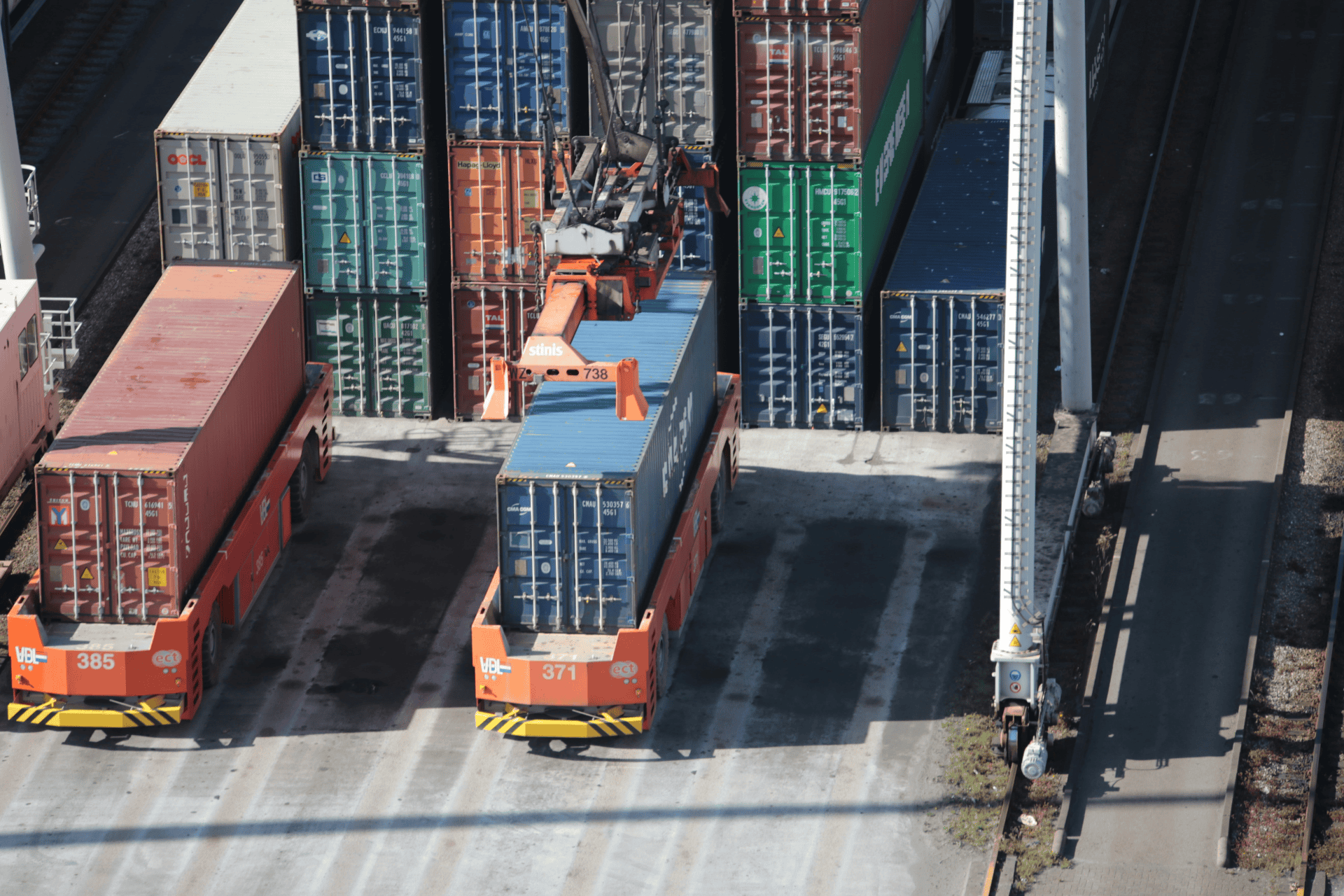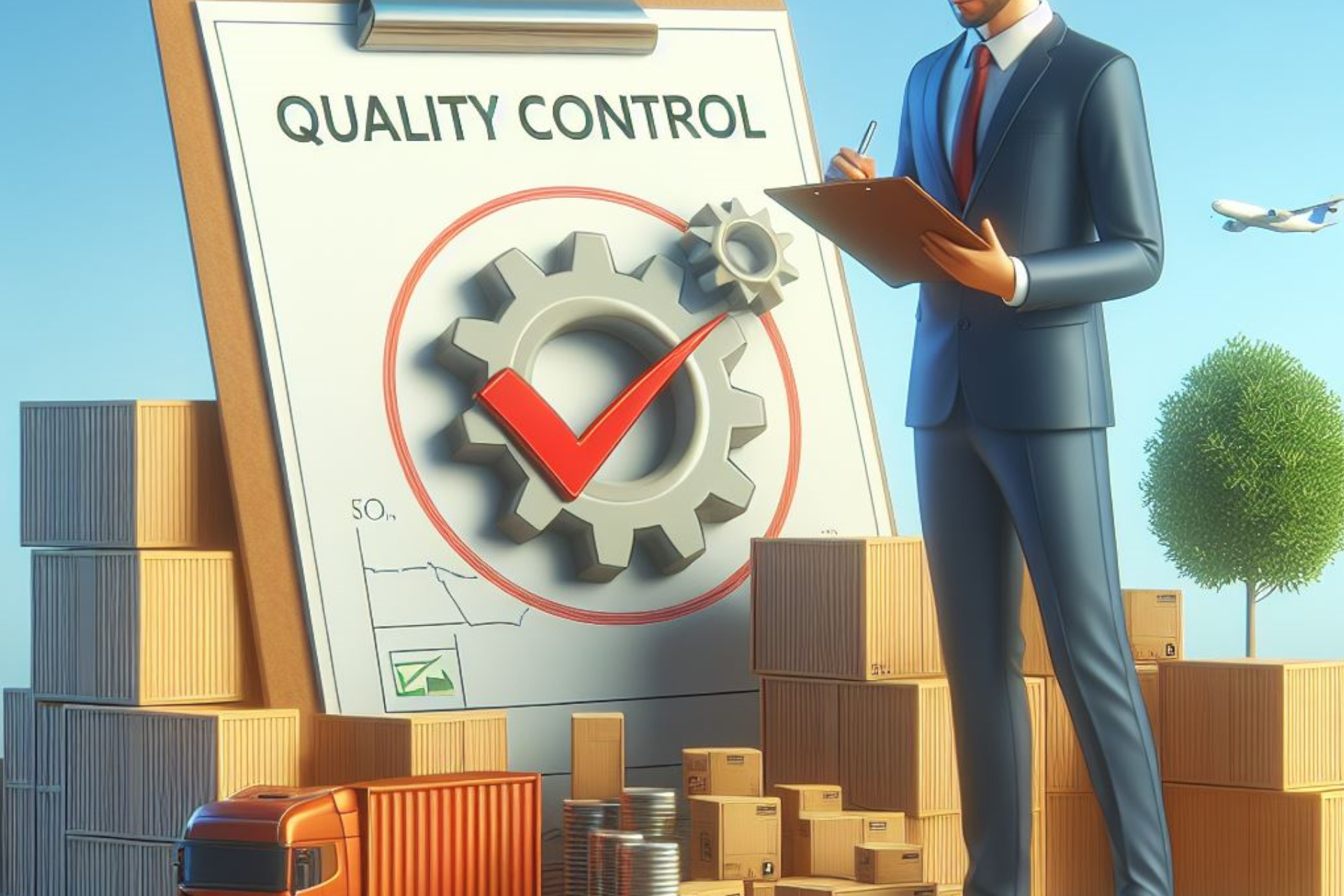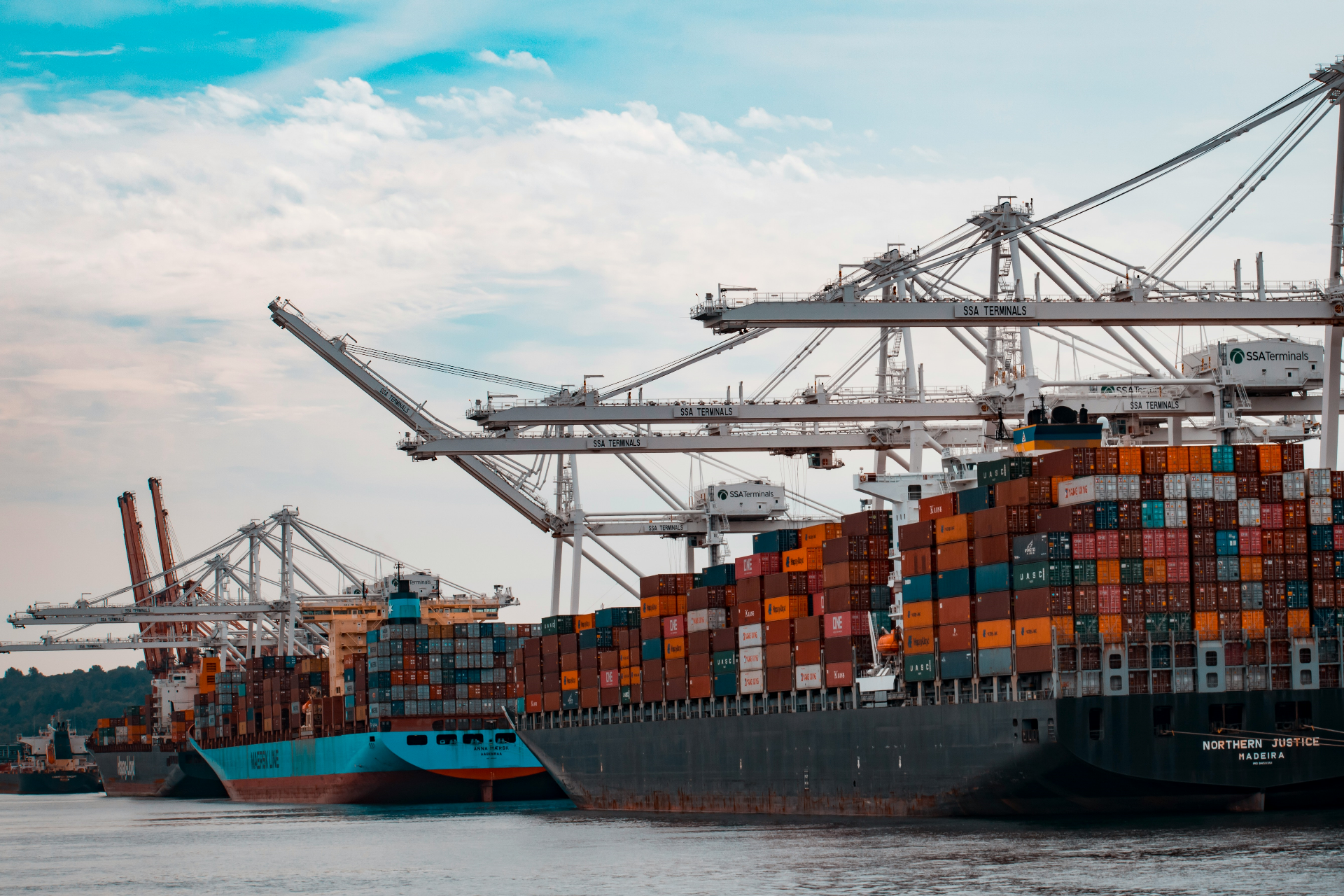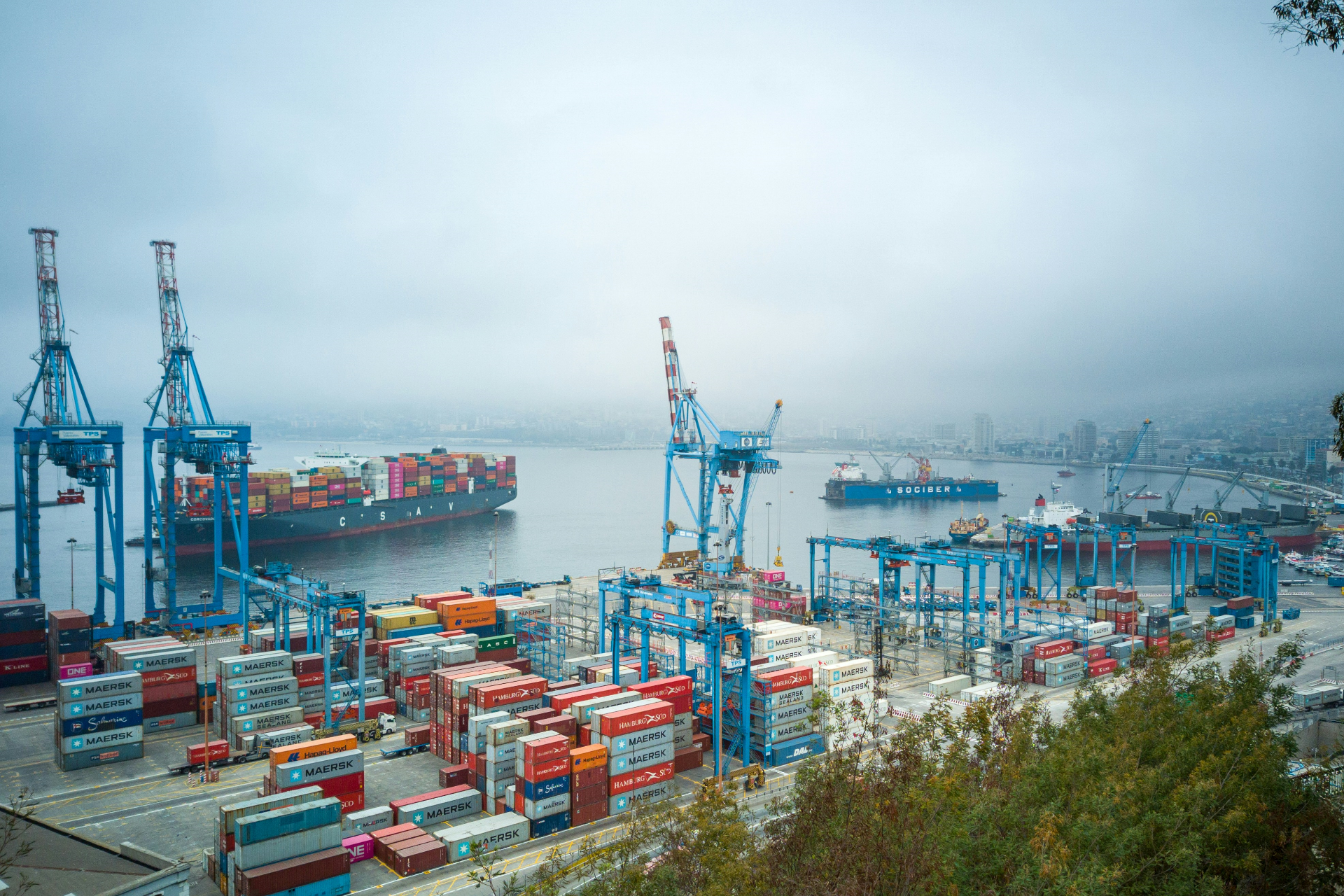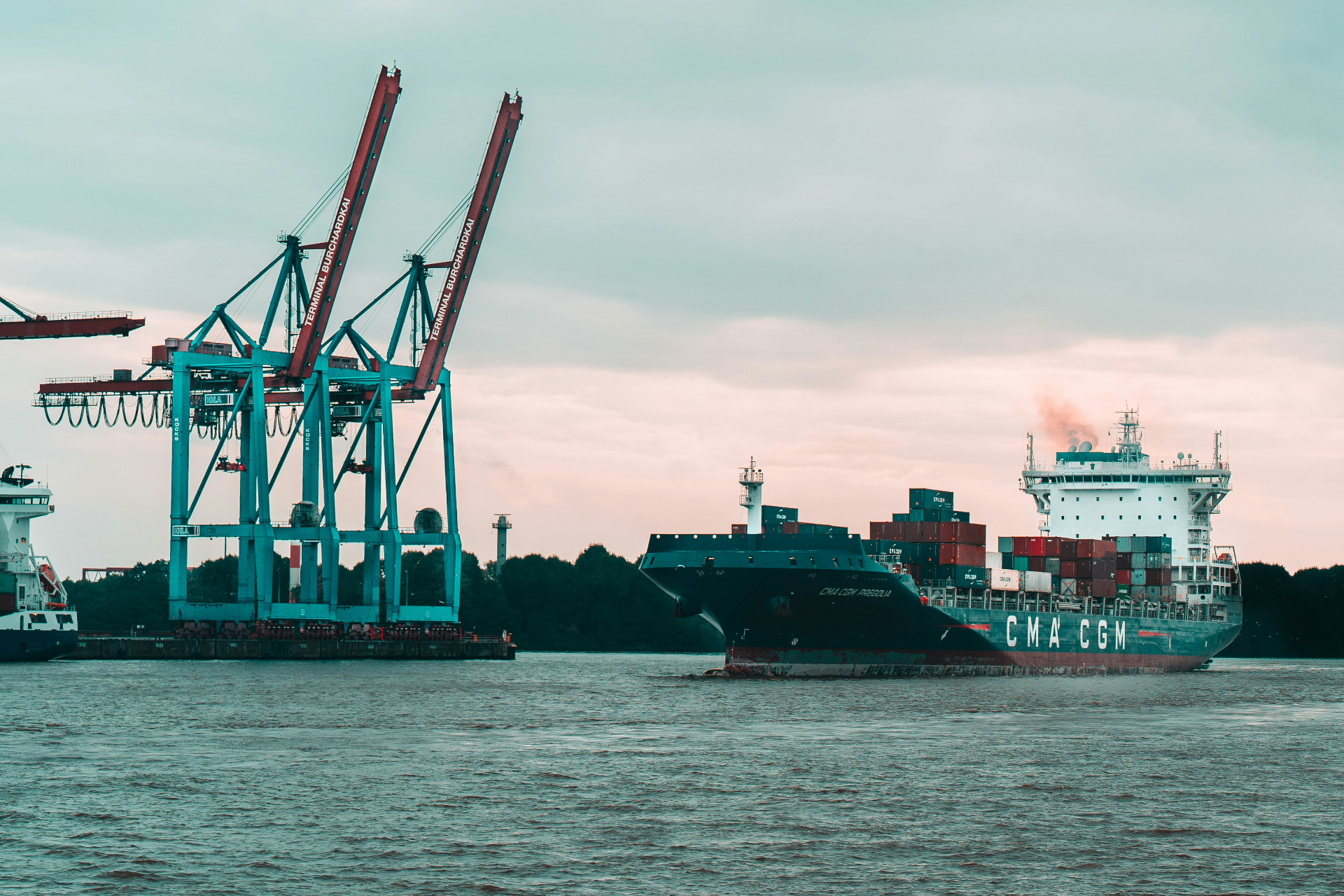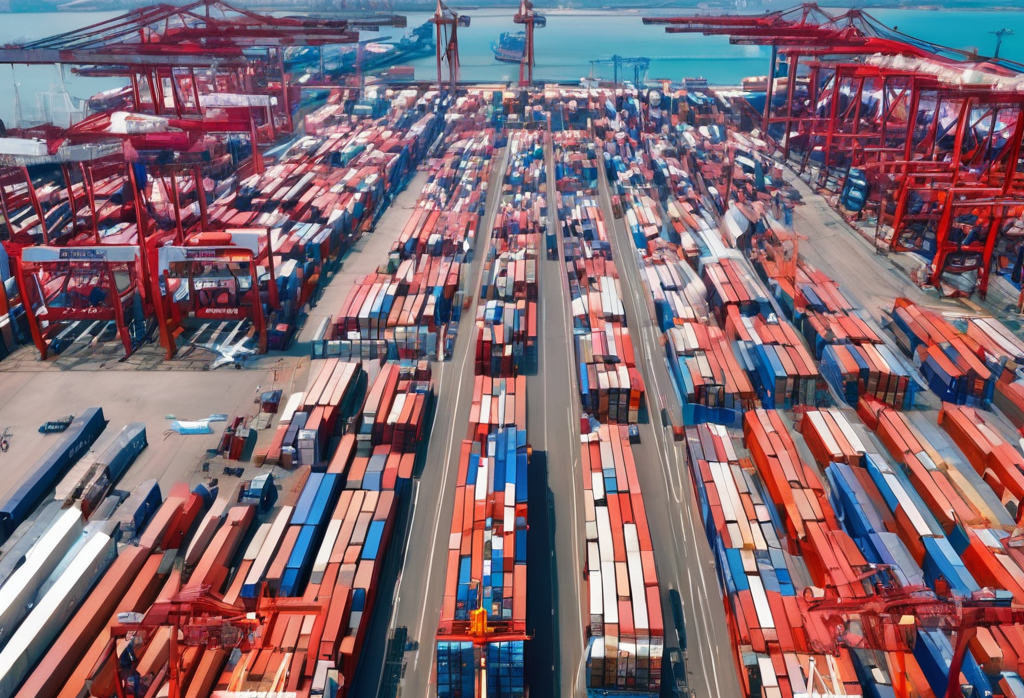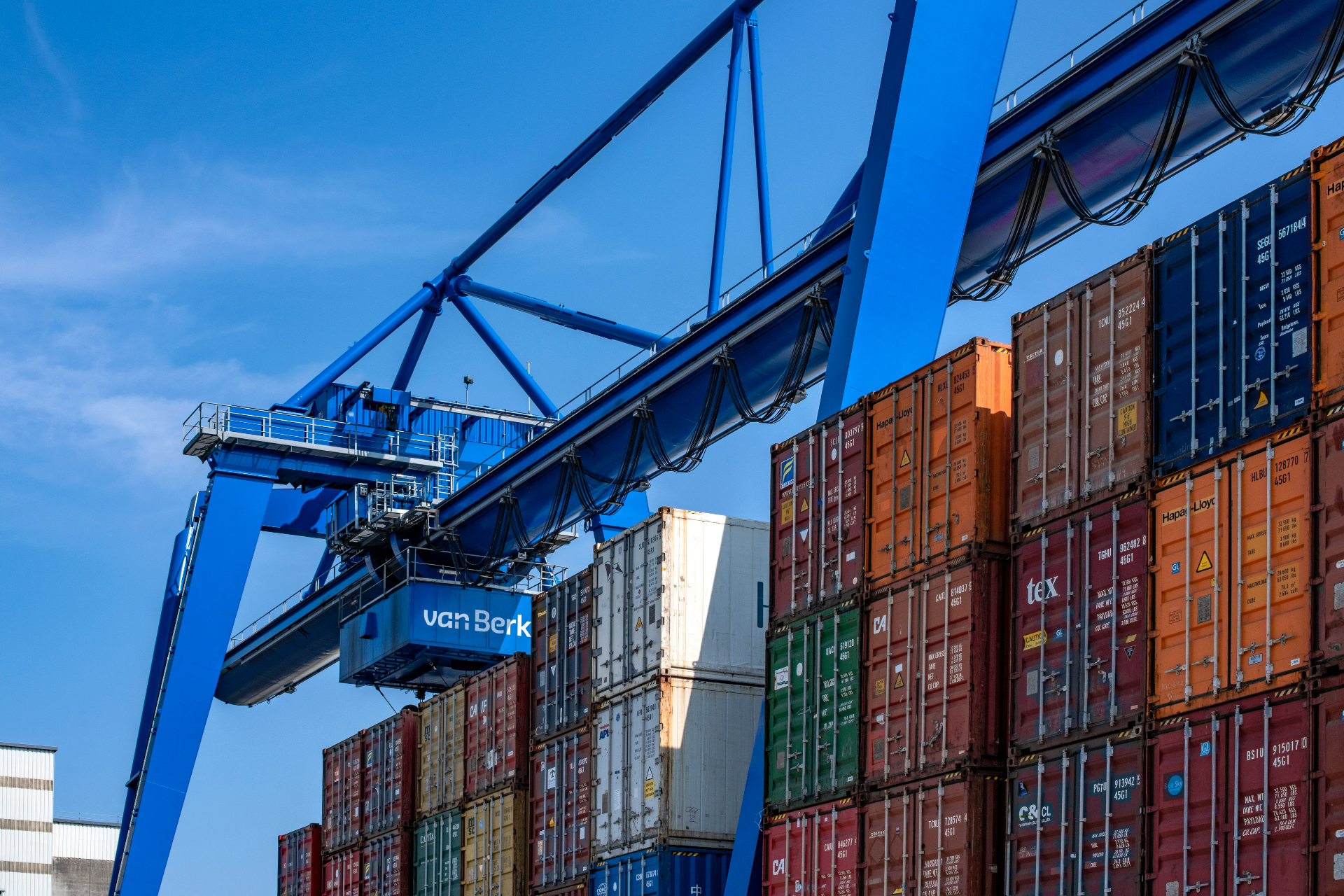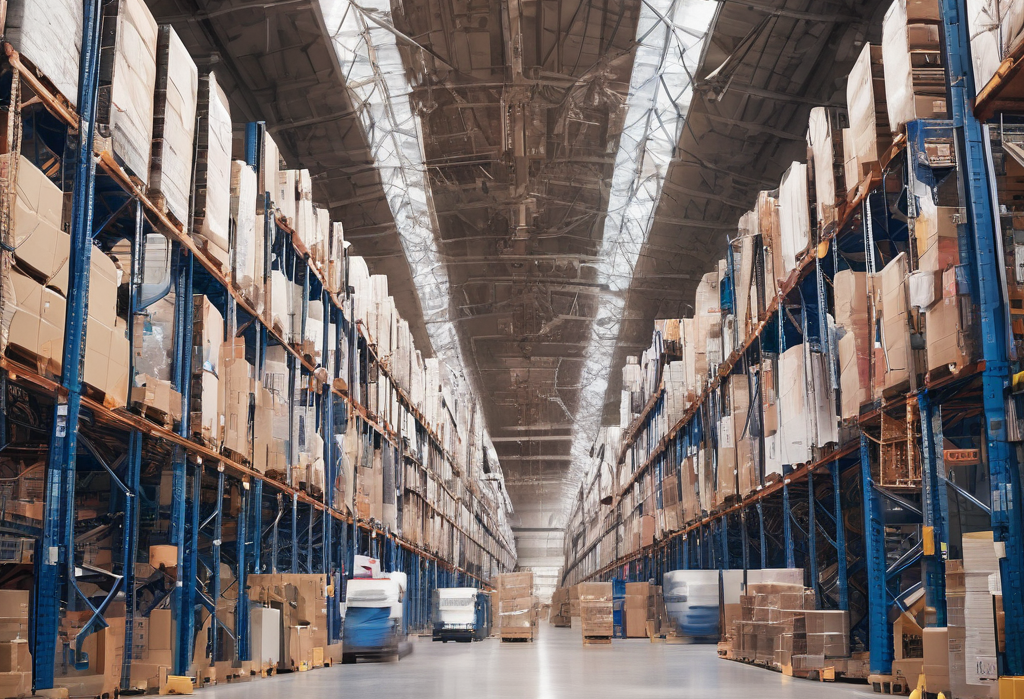Navigating export compliance requirements, trade regulations, and customs procedures in different countries is crucial for successful international trade. Businesses must conduct thorough research, establish internal processes, obtain necessary licenses and permits, partner with experienced professionals, maintain accurate documentation, and stay updated with the latest regulatory changes. By effectively navigating these challenges, businesses can expand into global markets while ensuring compliance and maintaining a positive reputation.
Expanding into international markets offers tremendous growth opportunities for businesses. However, venturing into foreign trade also brings a host of export compliance requirements, trade regulations, and customs procedures that must be navigated carefully. Understanding and adhering to these regulations is crucial to ensure smooth operations, avoid penalties, and maintain a good reputation in global markets.
Export compliance involves complying with legal and regulatory requirements related to exporting goods or services. Each country has its own set of laws and regulations governing exports, including restrictions on specific products, licensing requirements, and embargoes or sanctions on certain countries or individuals. It is vital for businesses to thoroughly research and understand the export compliance requirements of each target market to avoid legal complications and reputational damage.
Trade regulations play a significant role in international trade and can impact various aspects of the export process. These regulations cover areas such as customs duties, import quotas, product standards and certifications, labeling requirements, and intellectual property rights. Businesses must familiarize themselves with the trade regulations of the target countries to ensure compliance and avoid delays or rejections at customs checkpoints.
Customs procedures are critical in the export process, as they involve documentation, inspections, and compliance with import regulations of the destination country. Each country has its own customs procedures and requirements, including proper documentation, accurate classification of goods, and adherence to specific import procedures. Businesses need to collaborate closely with their logistics partners and customs brokers to ensure a smooth flow of goods across borders while complying with customs regulations.
To navigate export compliance, trade regulations, and customs procedures effectively, businesses should consider the following steps:
Conduct thorough research: Understand the export compliance requirements, trade regulations, and customs procedures of the target markets. Engage with local experts or consultants to gain insights into the specific legal and regulatory landscape.
Establish internal processes: Develop robust internal processes and systems to ensure compliance with export regulations. This may include implementing comprehensive compliance programs, appointing compliance officers, and conducting regular training for employees involved in export activities.
Obtain necessary licenses and permits: Identify if any export licenses or permits are required for the goods or services being exported. Work closely with regulatory authorities to secure the necessary approvals within the specified timelines.
Partner with experienced professionals: Collaborate with experienced customs brokers, freight forwarders, and legal experts who have expertise in international trade regulations. Their knowledge and support will be invaluable in navigating complex export compliance requirements and customs procedures.
Maintain accurate documentation: Maintain accurate and up-to-date documentation related to exports, including shipping documents, export licenses, certificates of origin, and customs declarations. Accurate documentation is essential for smooth customs clearance and audit compliance.
Stay updated: Regularly monitor and stay informed about changes in export compliance requirements, trade regulations, and customs procedures. Subscribing to industry newsletters, attending trade conferences, and engaging with local trade associations can provide valuable insights and updates.
Related Information





